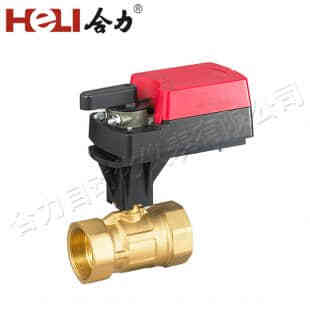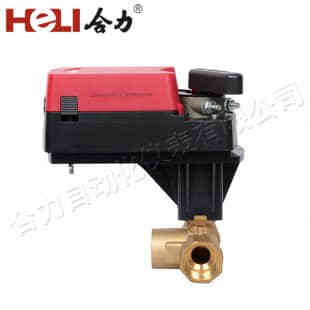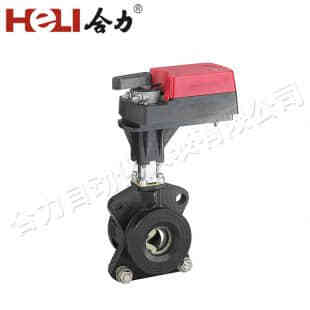A damper actuator is an essential device in heating, ventilation, and air conditioning (HVAC) systems, responsible for controlling the opening and closing of dampers in ducts. Dampers are mechanical devices used to regulate airflow within a system, ensuring optimal temperature control, air quality, and energy efficiency. Damper actuators play a crucial role in managing these dampers and, by extension, the efficiency and performance of HVAC systems.

What is a Damper Actuator?

A damper actuator is an electromechanical device that automates the movement of a damper blade, either to open or close it. This action is typically triggered by control signals from a thermostat, building management system (BMS), or other automated control systems. Depending on the design, a damper actuator can operate using various types of power sources, including electric, pneumatic, or hydraulic. The actuator’s primary function is to precisely control the airflow in HVAC systems, balancing air distribution across various zones. In modern HVAC systems, dampers and their actuators are used in a wide variety of applications, such as controlling ventilation in commercial buildings, improving energy efficiency, or maintaining the right temperature in a residential setting.
